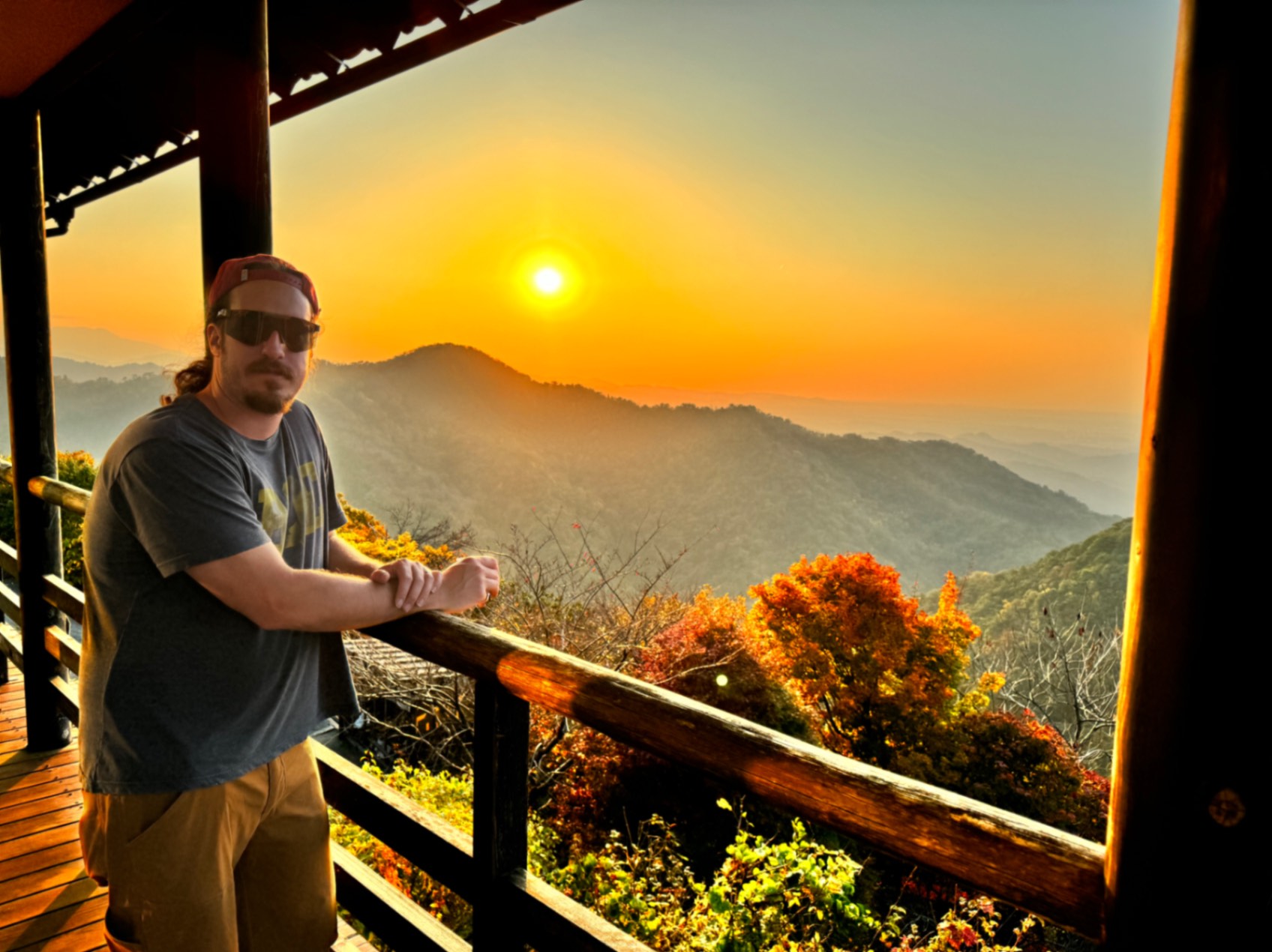
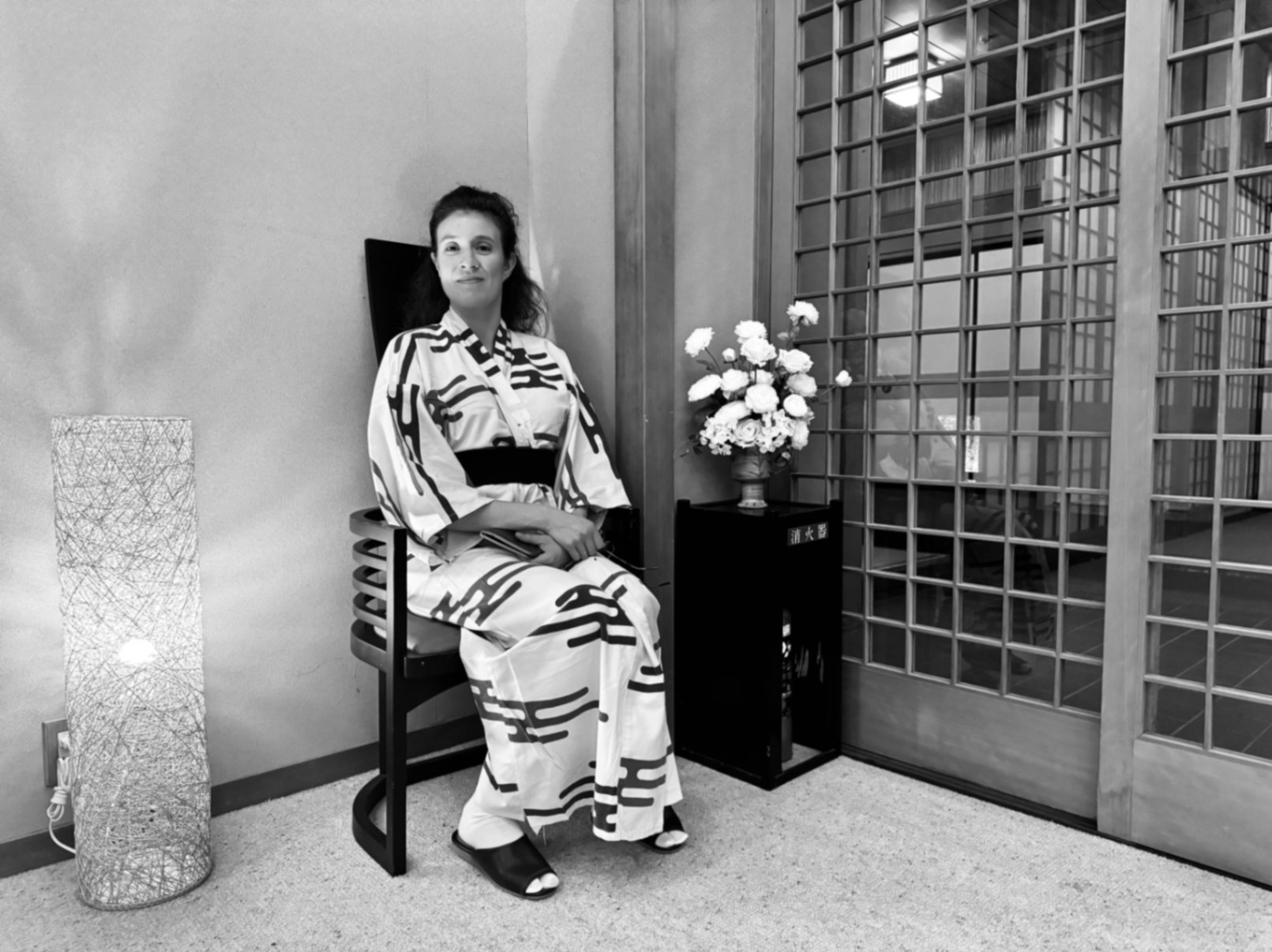
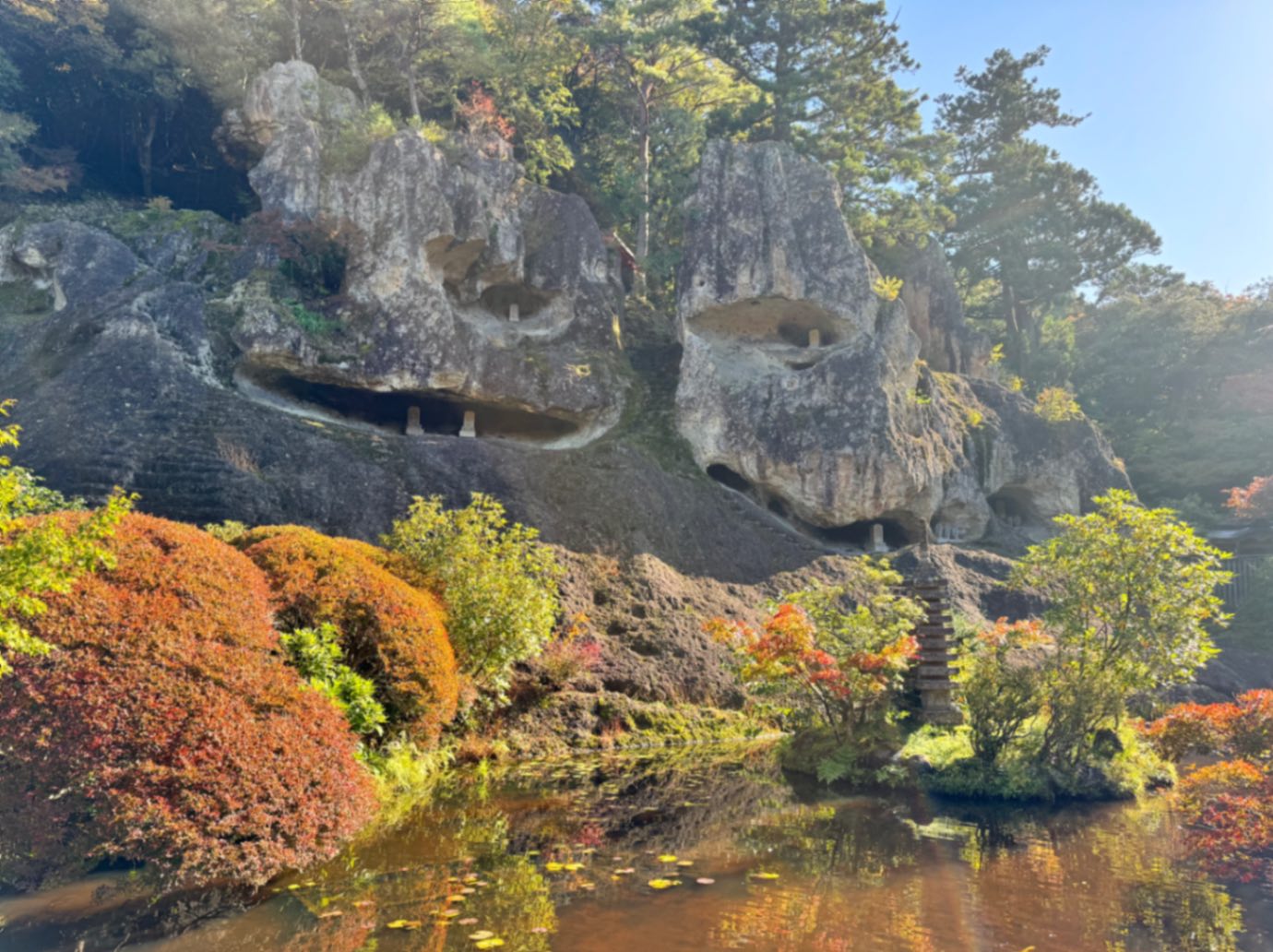
Komatsu, Japan
Ryokans & temple stays
We took the train ~2 hours from Kyoto to Komatsu, a city nestled between the Sea of Japan and the sacred, Mt Hakusan. During our 3-day, 2-night excursion, we stayed at one of the oldest hotels in the world, experienced a private Buddhist prayer session at the picturesque Natadera Temple, were pampered at Natadera’s affiliated mountaintop retreat, and stumbled across surprising gems, like the Motorcar Museum of Japan and Komatsu’s museum of machinery.
Need help designing your own trip? Contact us.
The highlights
Natadera Temple
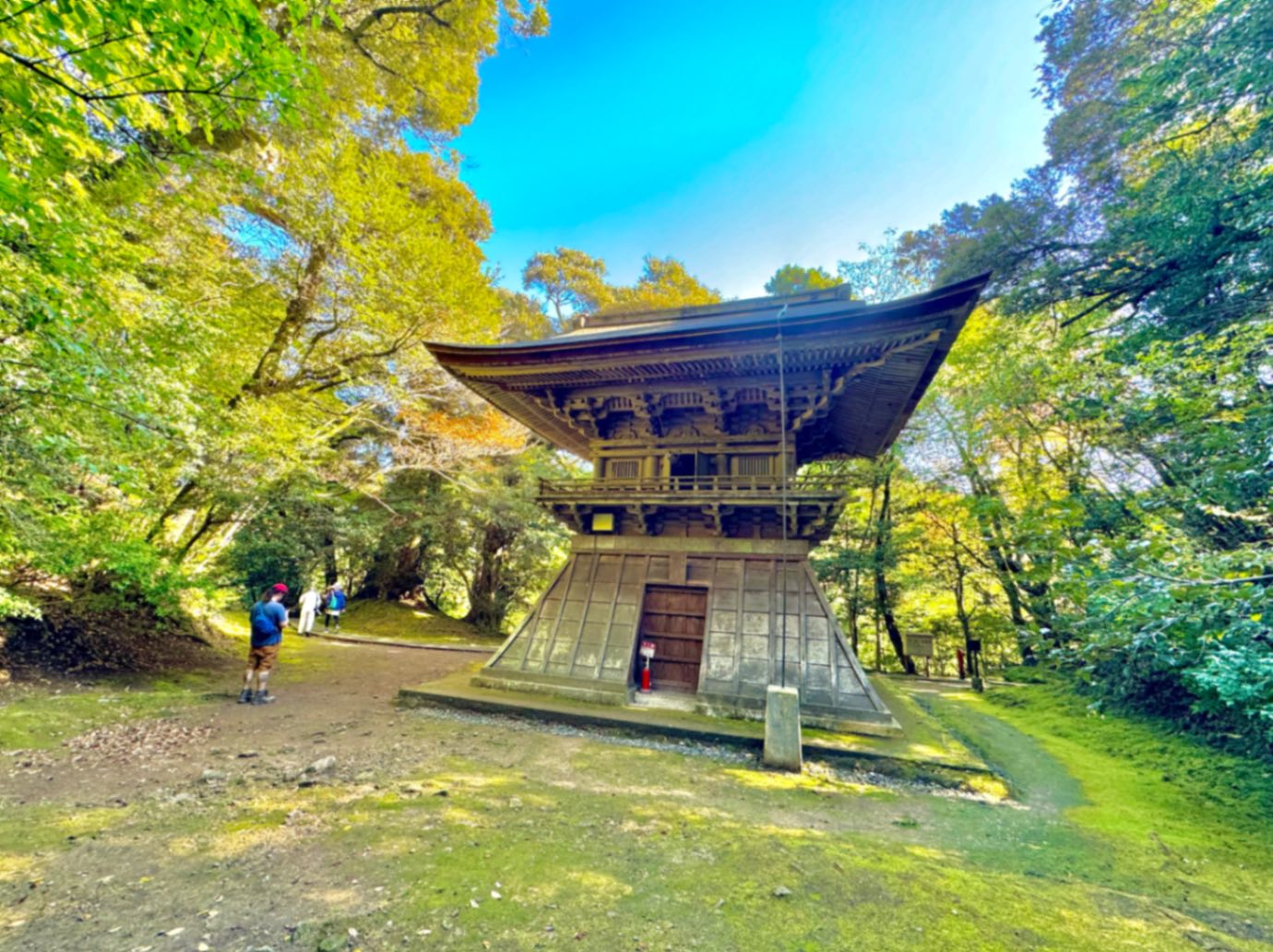
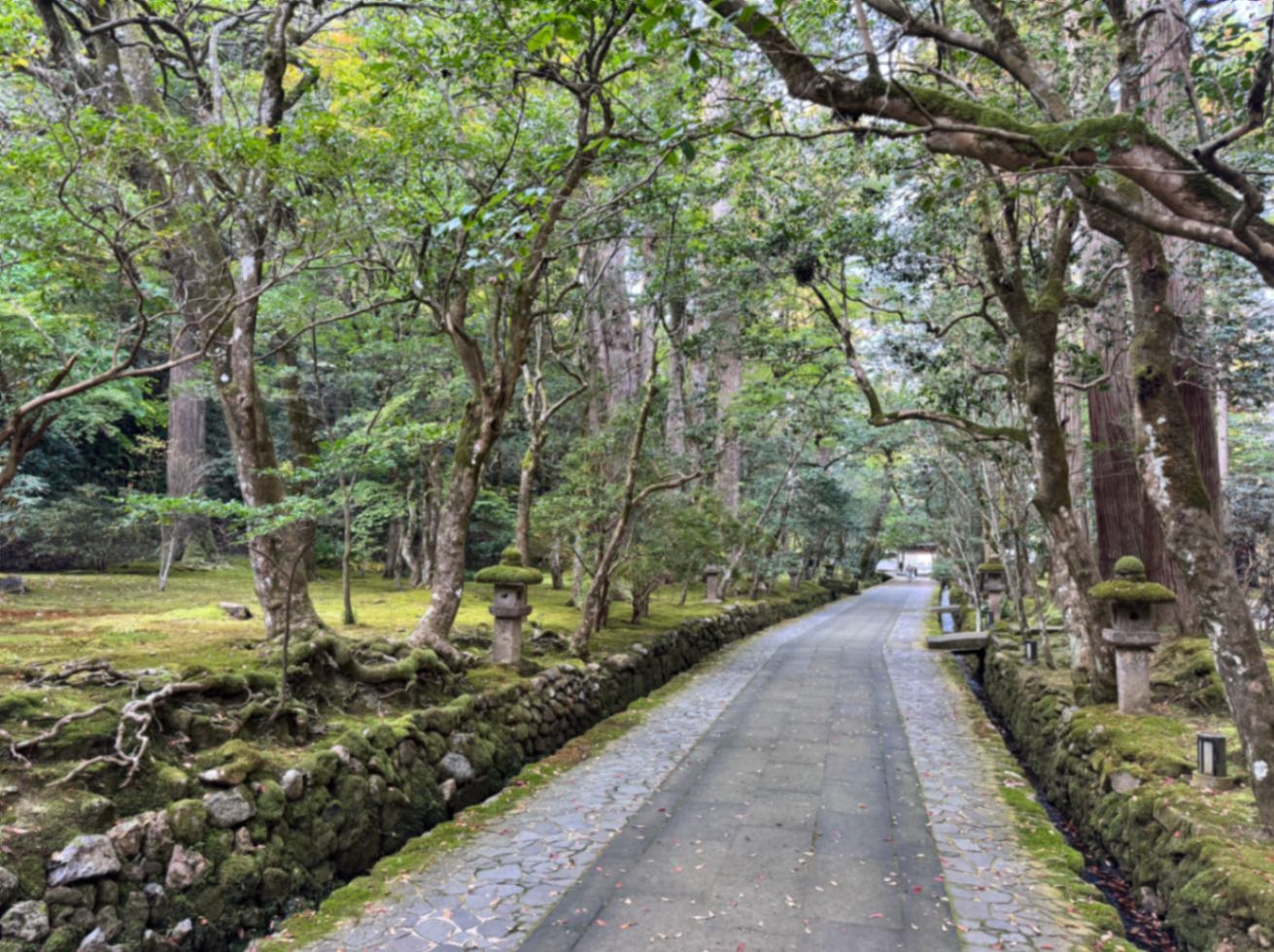
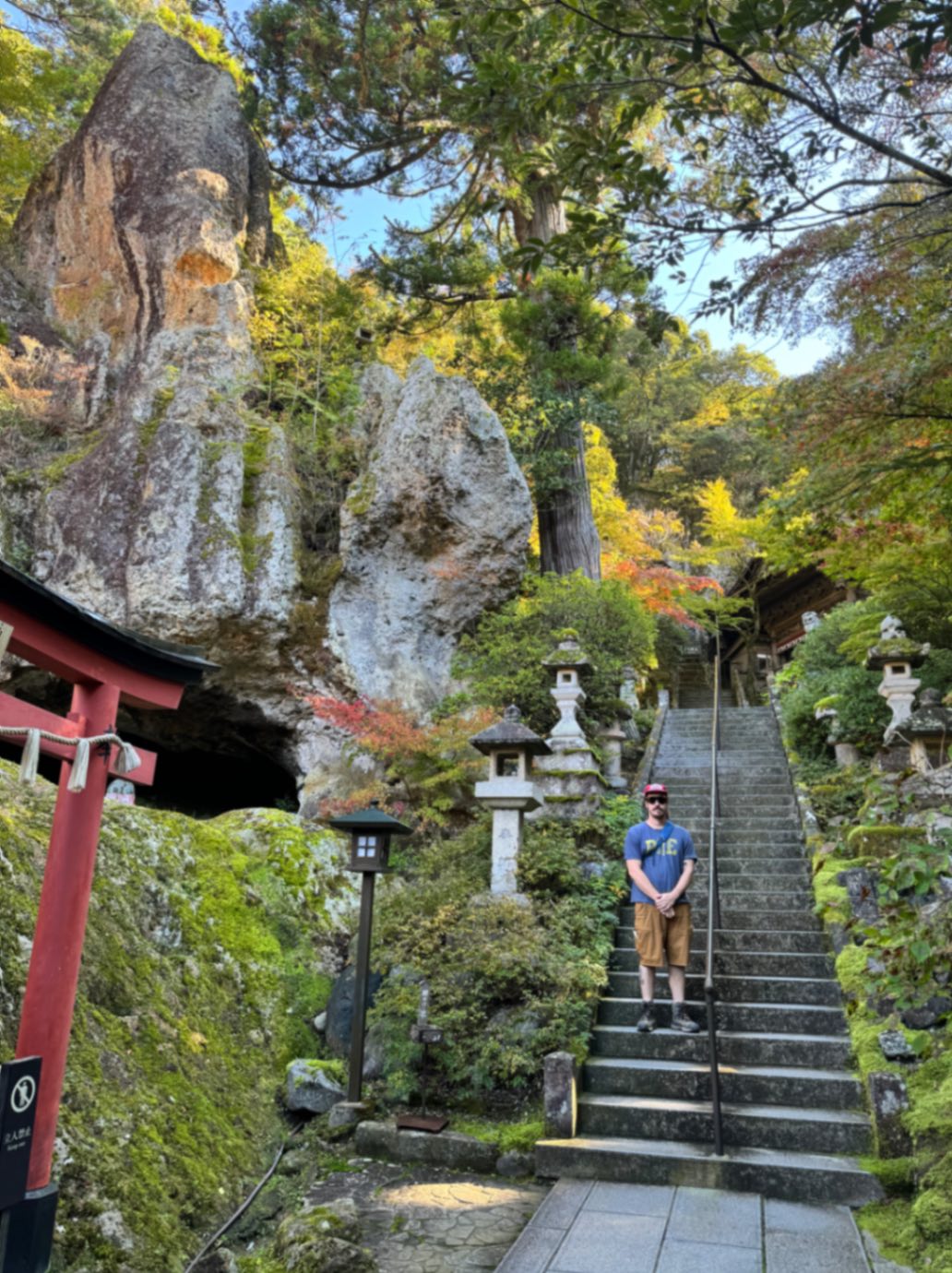
Calling all nature lovers! Built 1,300 years ago, Natadera Temple is home to nature worship and the Hakusan faith, which is named after one of Japan’s sacred mountains. The temple celebrates the intrinsic harmony between humans and nature, which is palpable as you explore its stunning, moss-covered surroundings. As guests of Ikumo Lodge (see below), we were also invited to attend a majestic Buddhist prayer session. Natadera was the most beautiful, serene temple we saw while in Japan.
Ikumo Lodge
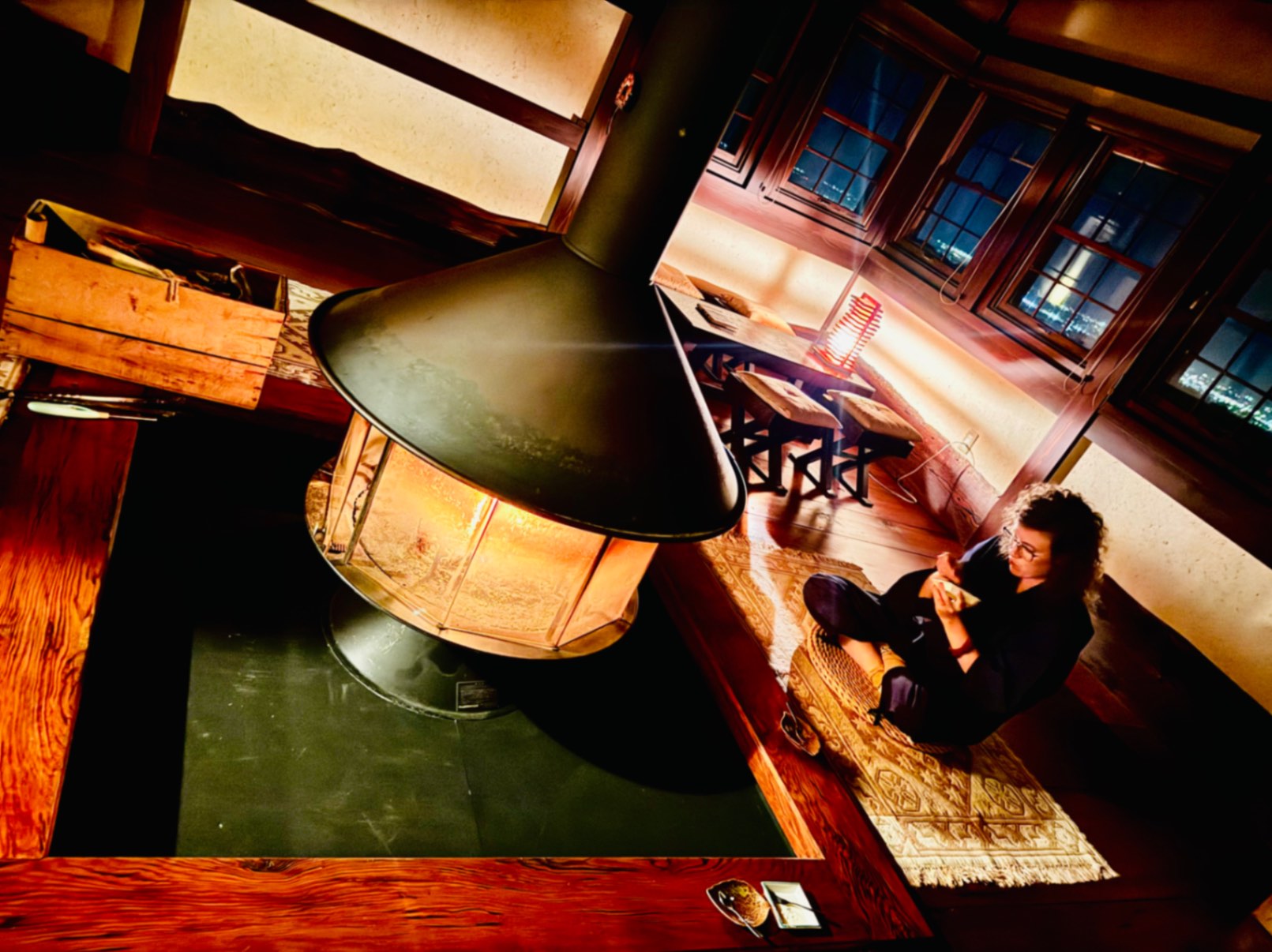
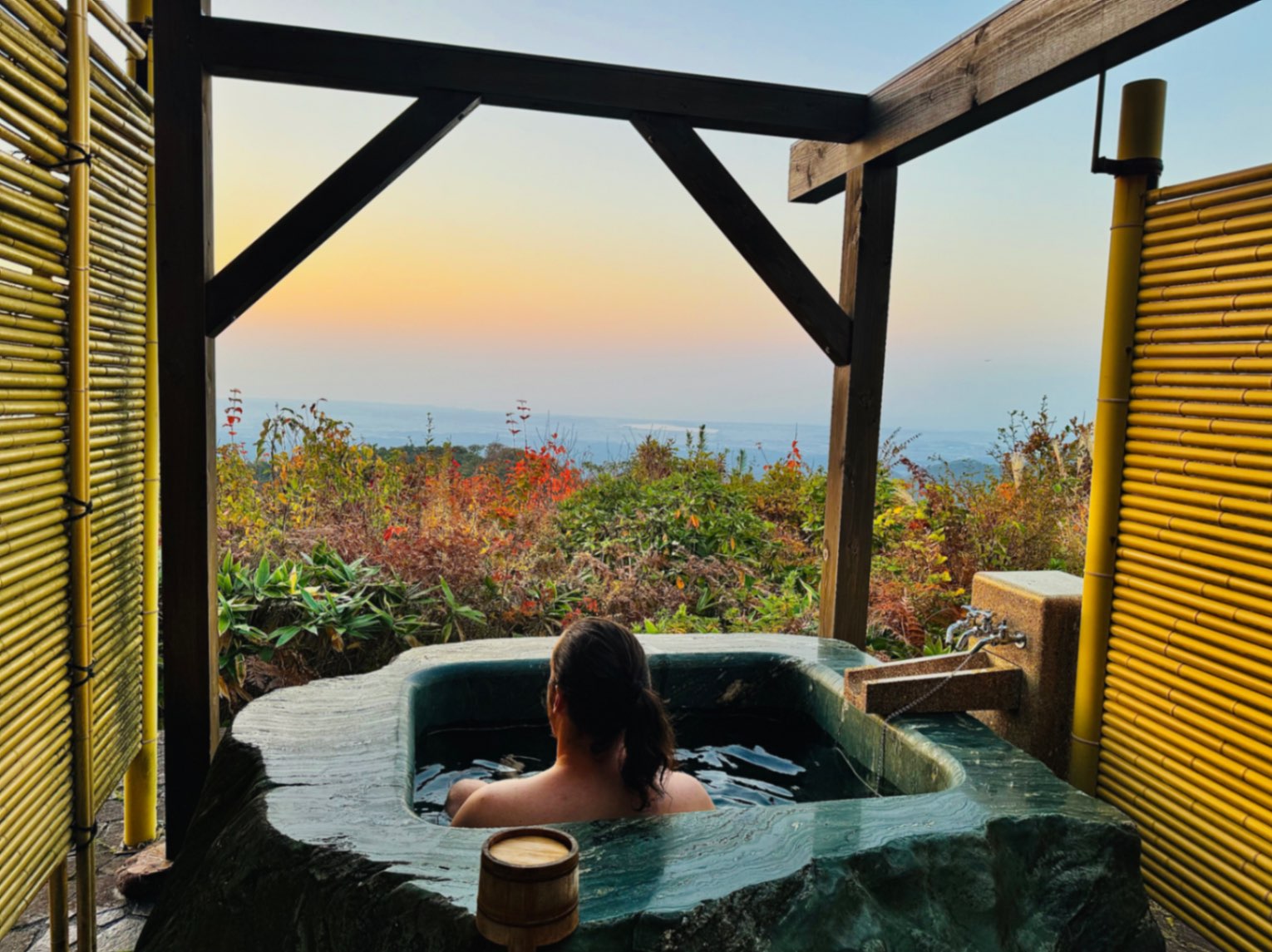
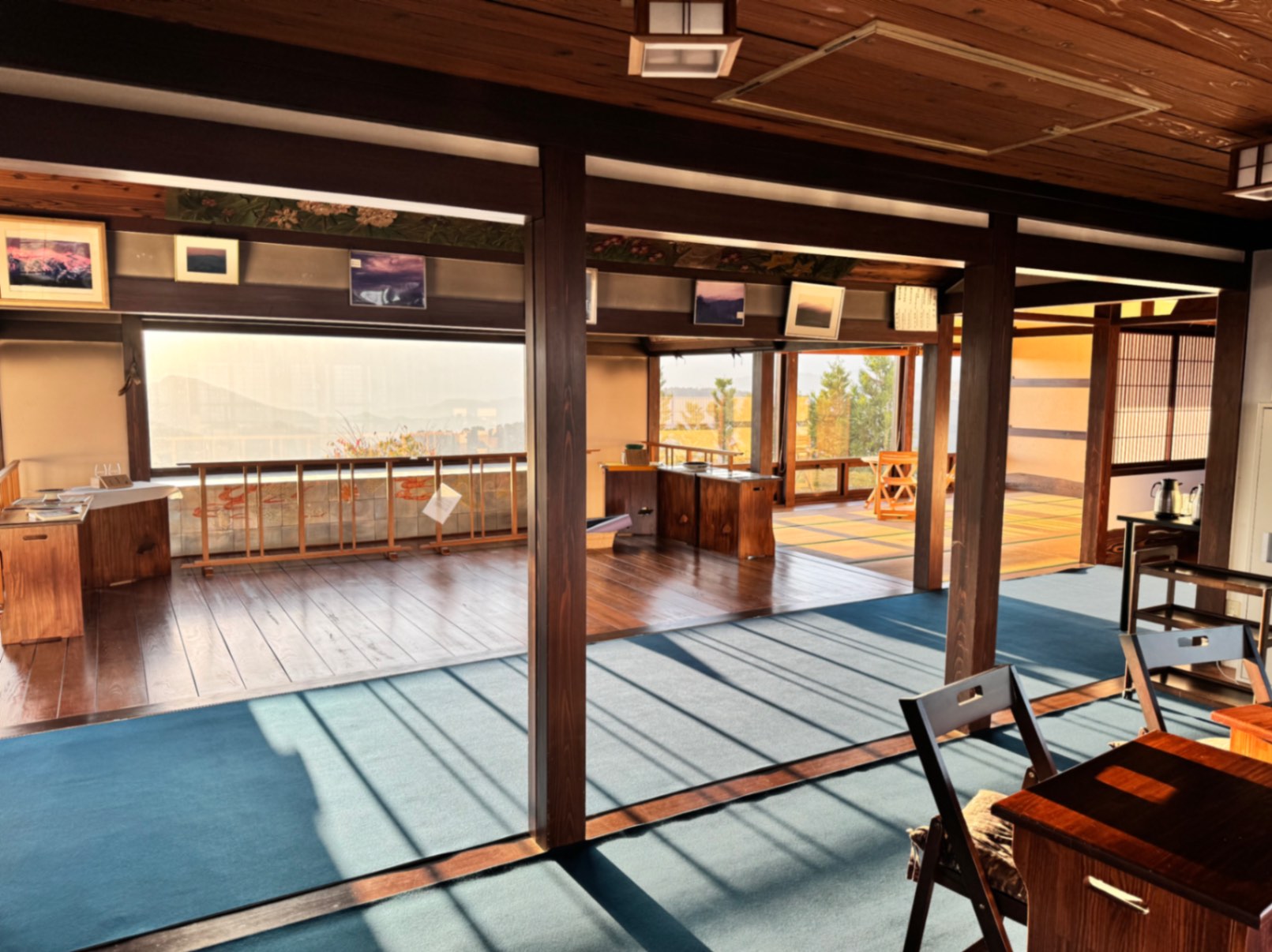
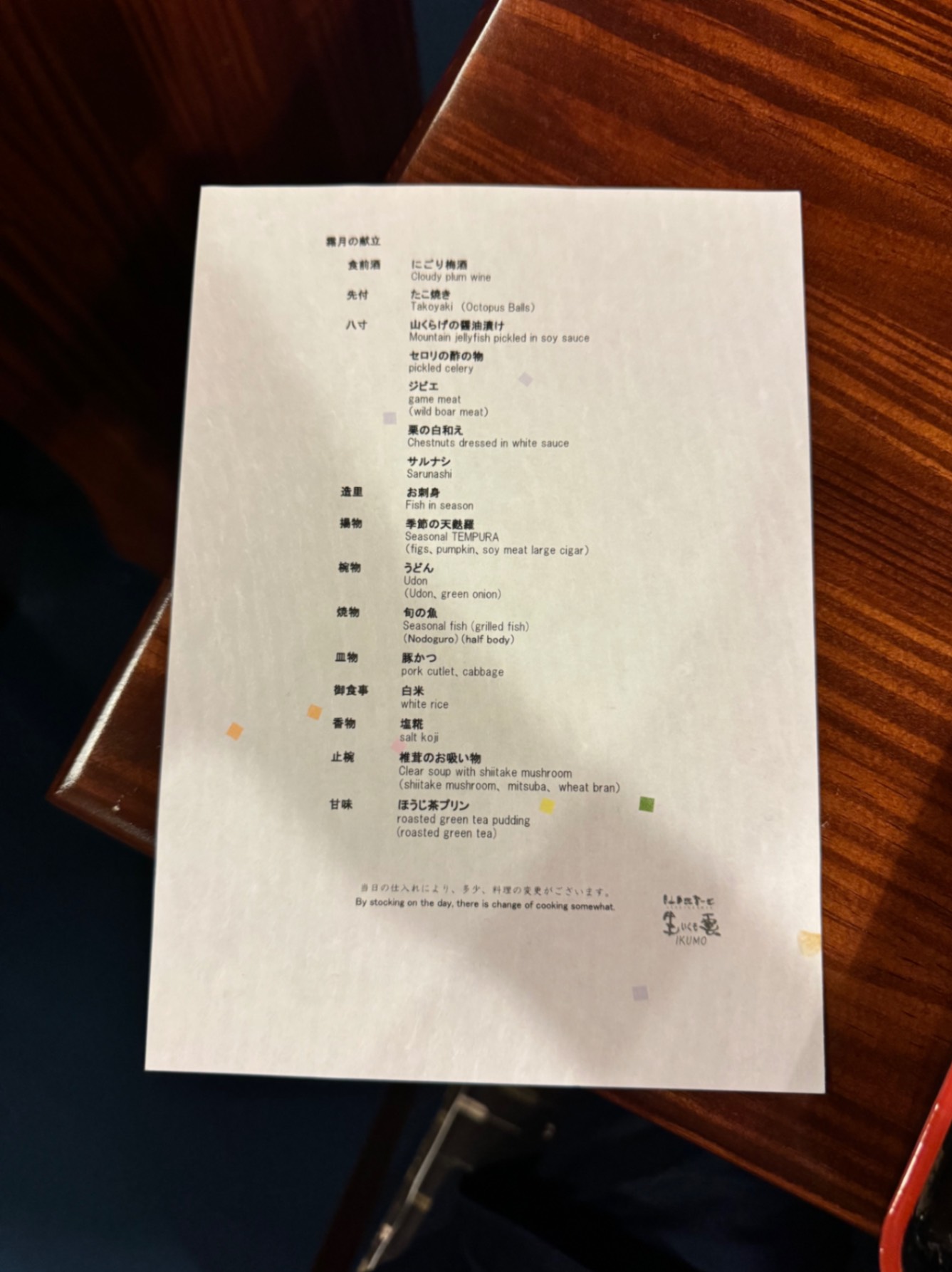
After visiting Natadera Temple, guests staying at Ikumo Lodge are shuttled up a windy, narrow road to the very top of the mountains, where peace and serenity await. Part shukubo (temple guesthouse) and part private retreat, the accommodation can be described as a minimalistic, yet cozy, Japanese cabin with 360-degree views of mountains and the sea. Only 1 party per night is permitted at Ikumo Lodge, so we were well-cared for with a sunset bath, kaiseki (traditional, multi-course dinner), fire coziness, and breakfast the next morning.
Houshi Ryokan
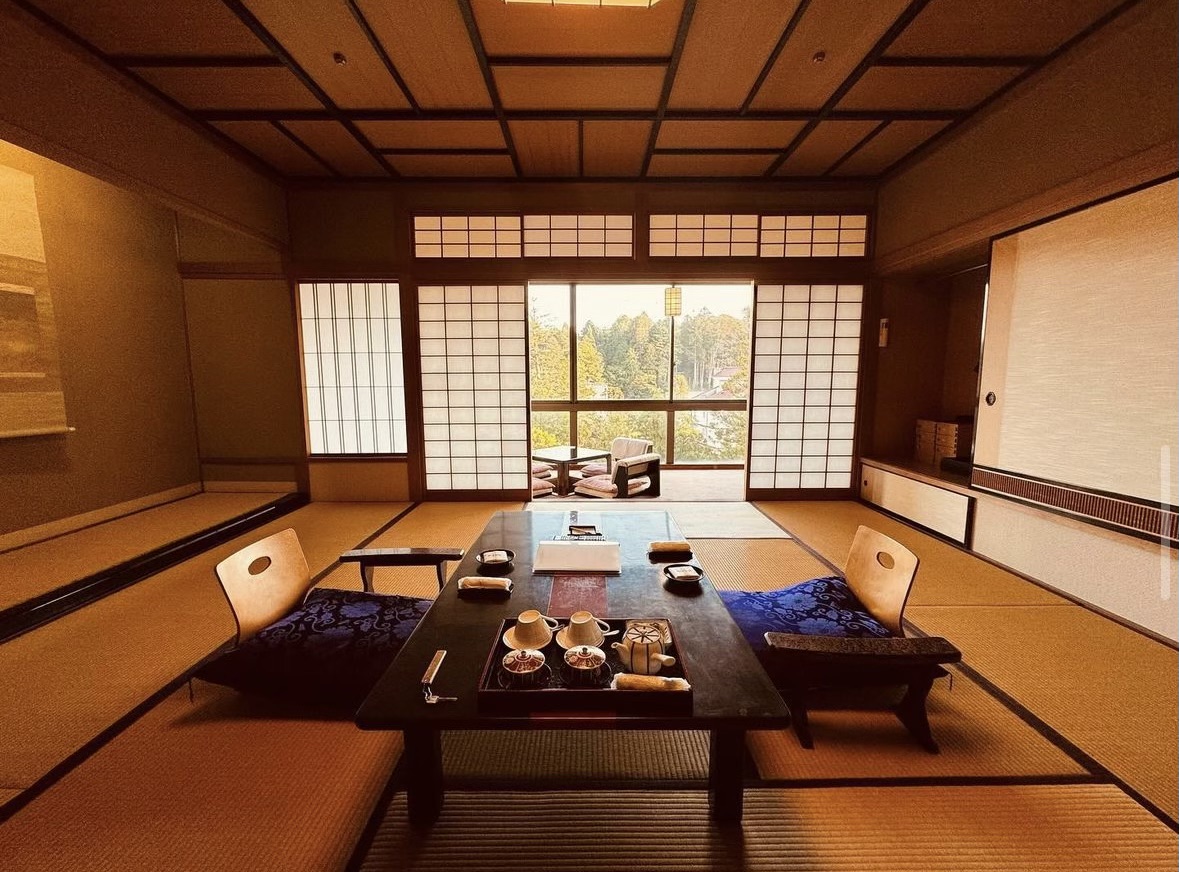
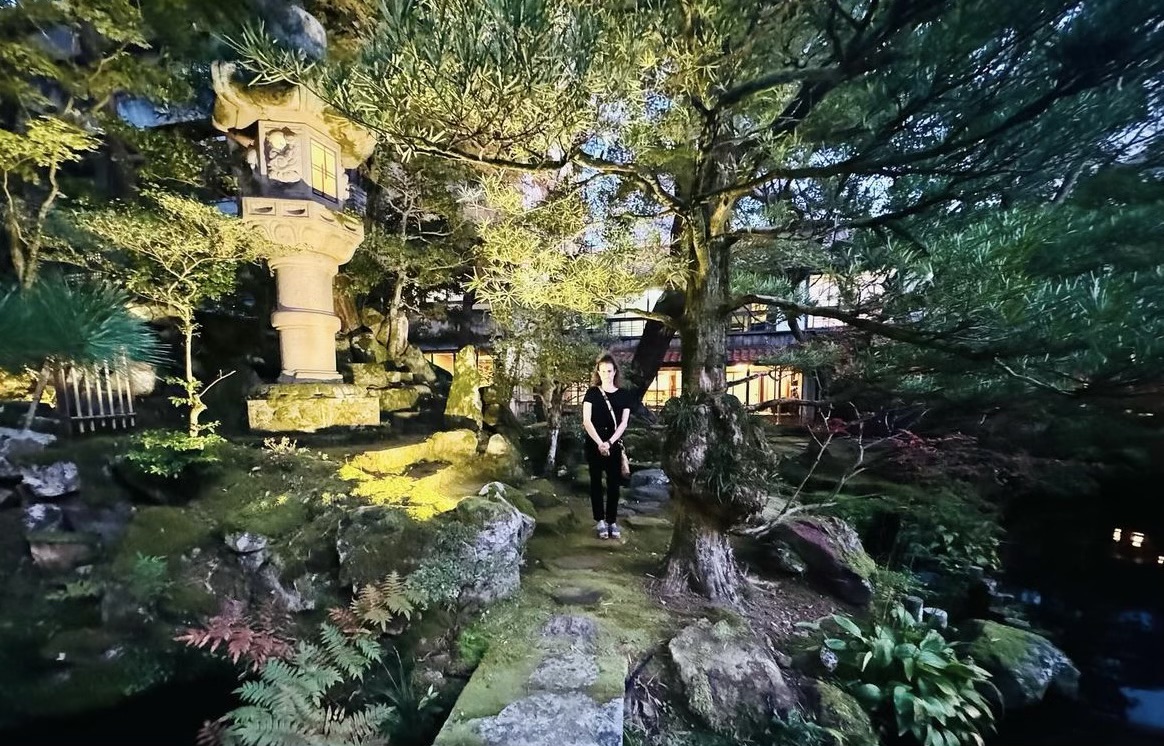
Houshi Ryokan, a 1,400-year-old traditional Japanese inn run by a single family for 46 generations, is the 2nd oldest hotel in the world. The water in its onsen (bathing facility linked to a hot spring) flows from the sacred Mount Hakusen. Its Japanese garden is magical, its food delightful, and its warm and welcoming staff pulls everything together.
Motorcar Museum of Japan
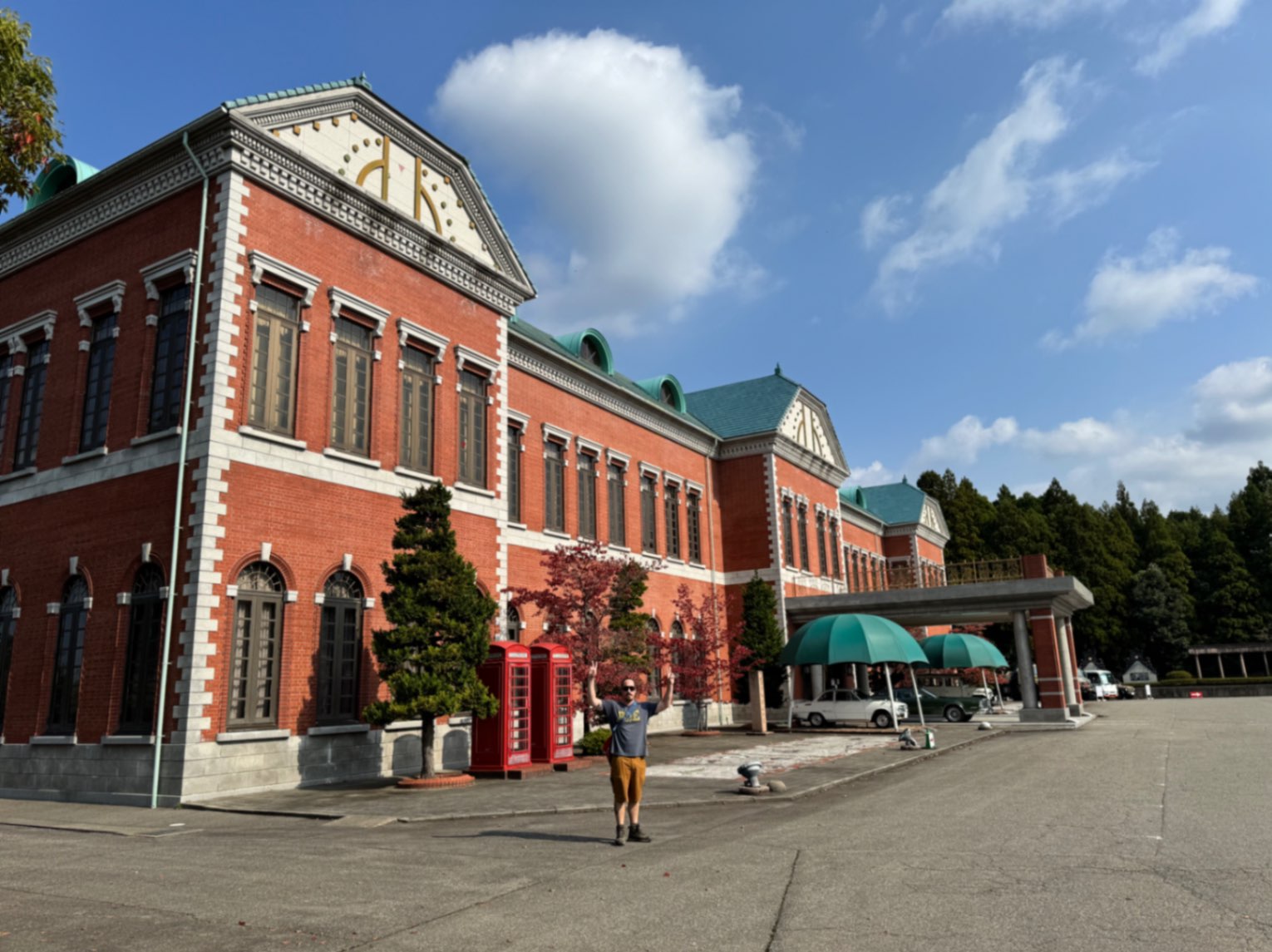
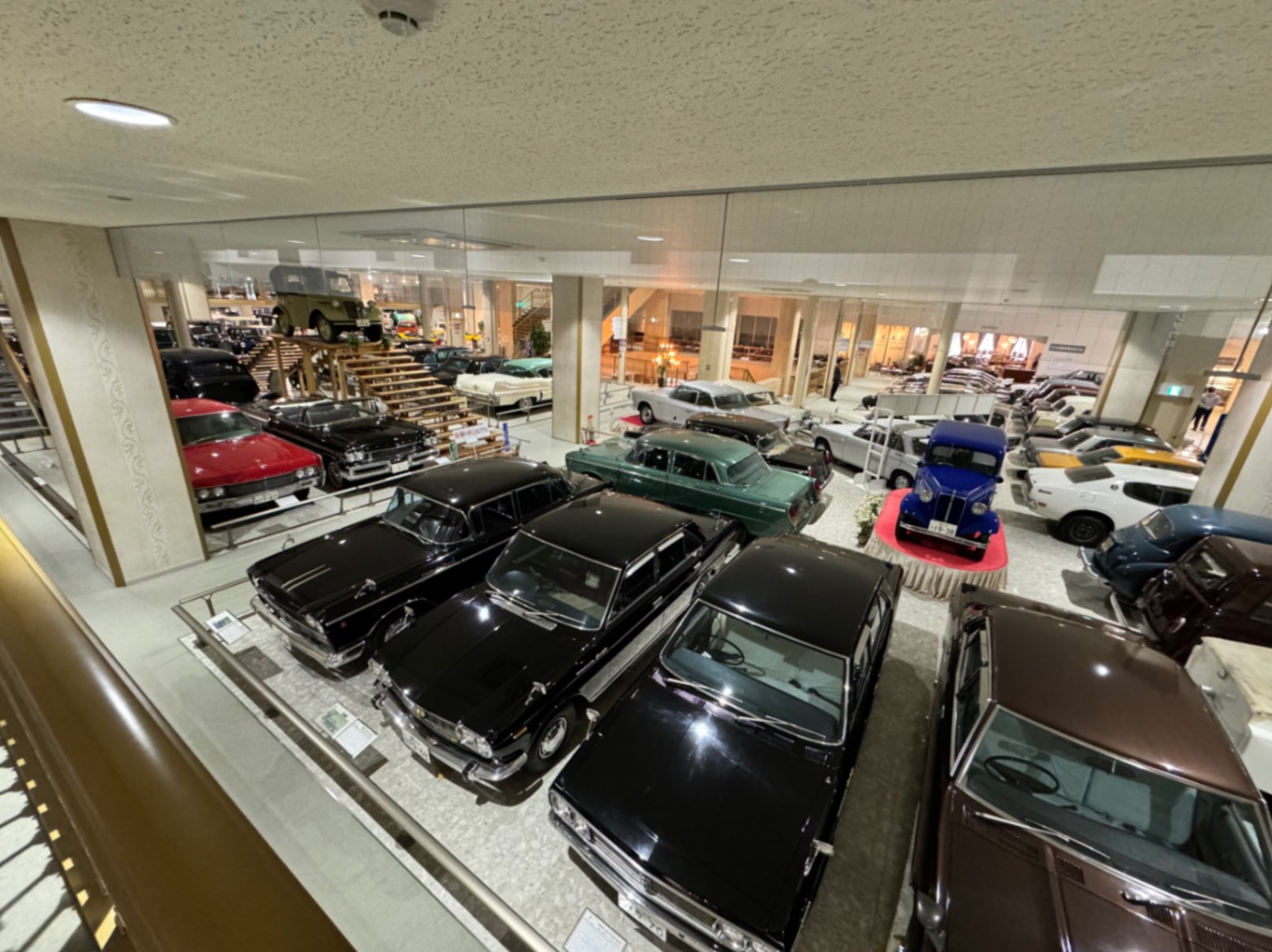
It may seem randomly placed, but it was one of the coolest museums we’ve seen. It showcases cars from all over the world, from the 1900s to the 1970s, from mass-produced to one-of-a-kind.
Culinary shoutouts
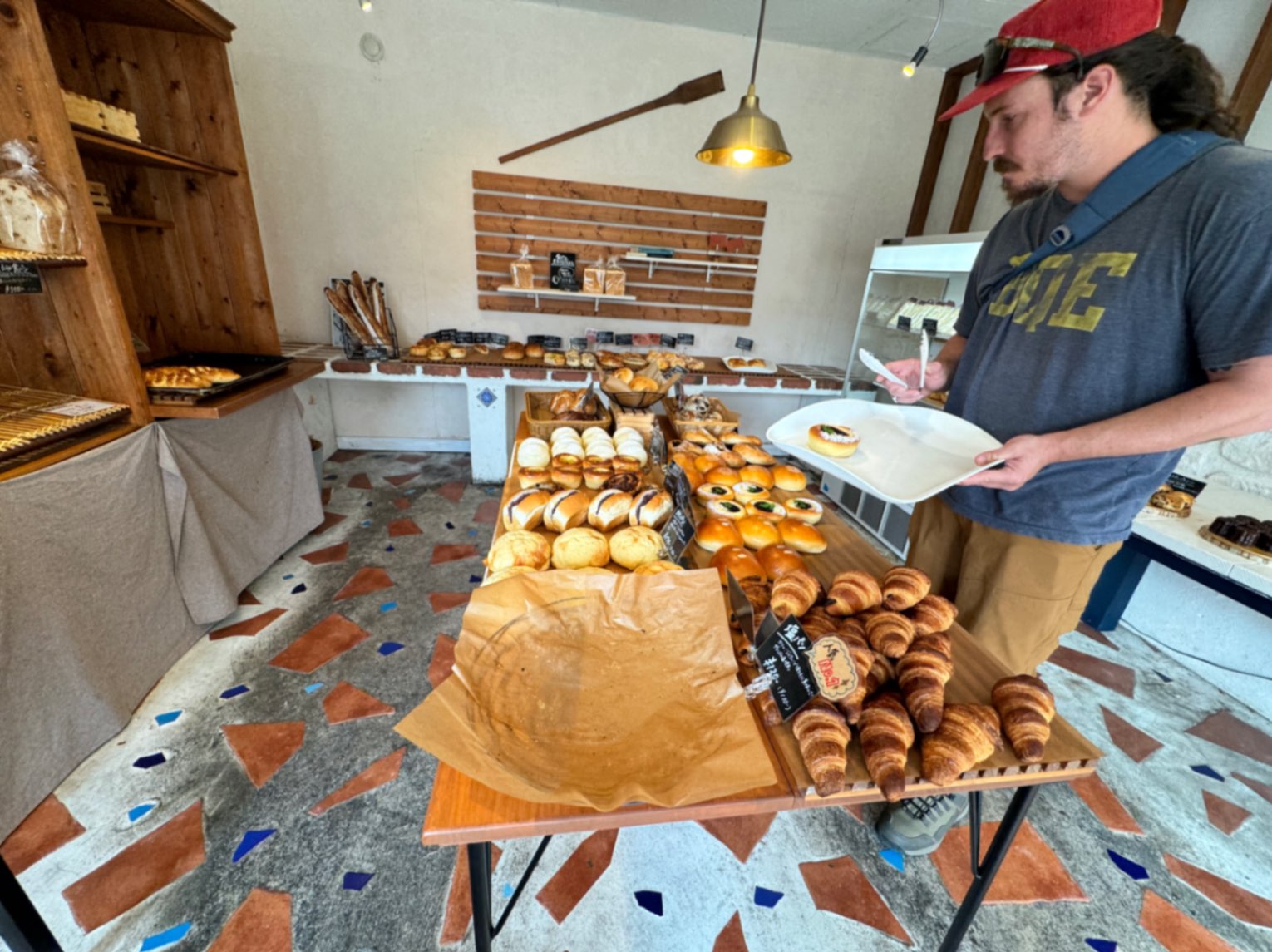
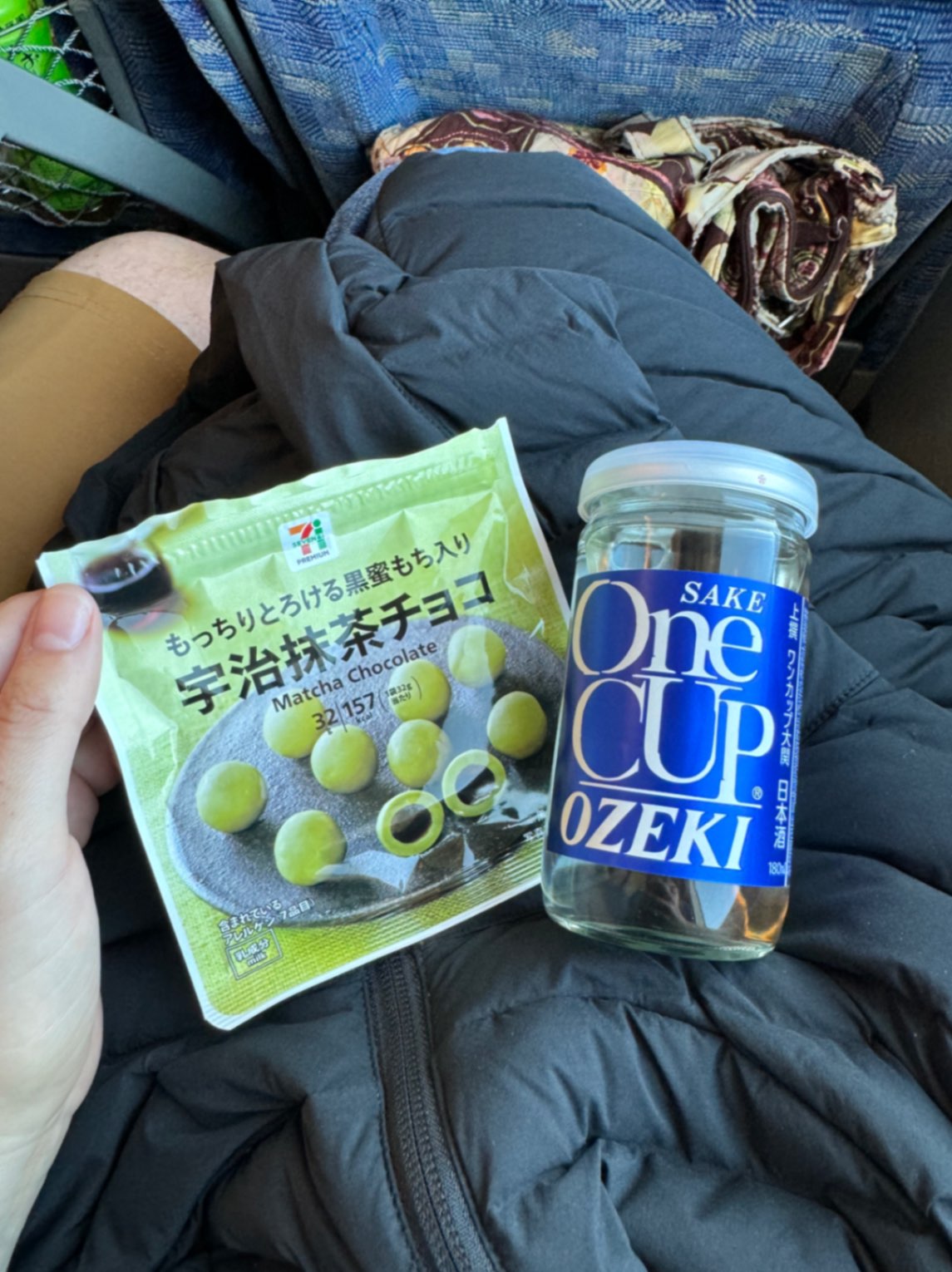
Ramen Iwamotoya: A short walk from the Komatsu train station, it was one of the best ramen lunches we had while in Japan (and we had a lot!). Ordering on a machine that was purely in Japanese was an adventure, but the outcome was delicious.
Miyazaki: Miyazaki is a delicious noodle shop in walking distance to Houshi Ryokan, with a friendly waiter who struck up conversation with us about the Yankees.
Bakery Ukigmo: Bakery Ukigmo is a delightful bakery located a short walk from Houshi Ryokan with fresh pastries and breakfast options. It almost made us feel like we were back in New York with its funky, slightly Brooklyn-esque vibe.
Train snacks: It doesn’t get much better than indulging in Ozeki One Cup and matcha chocolate from 7-Eleven while traversing Japan by train.
Reflections
When asked to name a mountain in Japan, most people will say, “Mount Fuji,” but few tourists know that Japan has 3 sacred mountains – Mount Fuji is one of them but the other 2 are Mount Hakusan / Haku and Mount Tateyama / Tate. We were advised by local friends to steer clear of Mount Fuji given how busy it gets, and although I’d still like to see it for myself one day, we settled on viewing its grandeur from the bullet train and instead exploring the area surrounding Mount Hakusan.
To get to our destination, we hopped on the train from Kyoto’s expansive station and enjoyed the views on our 2-hour trip northeast to Japan’s coast, passing Lake Biwa, Japan’s largest freshwater lake. Upon arriving, the blanket of tourism that we felt in Tokyo and Kyoto was instantly lifted, and we found ourselves experiencing a more authentic and raw Japan. The train station was quiet, there were squatty potties, and although English is a rarity in general in Japan, it was nonexistent in Komatsu.
Before venturing to our lodging for the evening, we hauled our luggage to Ramen Iwamotoya, where we indulged in some of the very best tonkotsu ramen that we had during our 3-week trip across Japan. For those of you who don’t know, tonkotsu ramen is very special – it has rich, silky pork bone broth and is usually accompanied by thin noodles and slices of pork. My mouth is watering just thinking about it.
Our next stop was Houshi Ryokan, the 2nd oldest hotel in the world. Ryokans are traditional Japanese inns that don’t have certain Western comforts like TVs in the rooms, but they offer so much more – floor futons, yukatas (robes), onsens (bathing facilities linked to hot springs), and traditional cuisine. Our cab driver dropped us off, and we were instantly greeted by friendly staff who treated us to tea and snacks while we waited for our room. Although we only spent 1 evening at Houshi Ryokan, we fully enjoyed its amenities by strolling through its beautifully manicured Japanese garden, indulging in kaiseki (traditional, multi-course dinner), dipping in its onsen, and of course, drinking lots of sake, all while adorned in our very comfortable yukatas.
The next morning, we had some time to kill before heading to our next stop, so we decided to walk around and soak in the nearby sights. It became evident that people don’t typically stroll around Komatsu after being warned by the staff at the hotel that there have been bear sightings and attacks! I have an irrational, but very real fear of bears, that stems from my childhood, so I instantly wished I had been spared this news. Despite my apprehension, we made our way outside to an adorable bakery where we ate breakfast, to the impressive Motorcar Museum of Japan, and then to Miyazaki where we had a noodle lunch. Although we kept peering over our shoulders, walked around much more hurriedly than normal, and even tried to rent a car at one point, we are thankful for the adventure and even more thankful that we didn’t encounter any bears.
I originally planned this leg of our trip around our stay at Ikumo Lodge because I was determined to find a unique shukubo (temple stay) during our time in Japan. Shukubos were originally only for traveling monks, but some have since opened their doors to the public. Guests can expect to live amongst monks, observing and participating in their rituals and eating vegetarian (or vegan) meals. Although Ikumo Lodge is not a traditional shukubo, since there are no monks, rituals, or vegetarian meals, it is affiliated with Natadera Temple and was one of the most special places I’ve ever stayed.
Before being whisked up to the very top of the mountains for our overnight stay, we were invited to attend a private Buddhist prayer session at Natadera Temple. The prayer session was haunting, in a magical way, and although I’m not religious, I would venture to guess that anyone on this planet would feel a certain level of spirituality after experiencing something so pure. Natadera Temple, itself, is the most beautiful temple we saw during our 3 weeks in Japan. We enjoyed it so much that we opted to go back the following day and take our time exploring its grounds.
After the prayer session, a very kind man picked us up from the temple in a comfortable van and skillfully navigated us up winding, mountain roads that appeared to only have 1 lane, although traffic was flowing in both directions, all the way to the top where Ikumo Lodge sat seemingly perched at the same height as the clouds. Only 1 couple per night is permitted at the lodge, so we felt extra pampered. We had the whole place to ourselves, with 360-degree views of the mountains and a private onsen and outdoor bath. The “very kind man” wore many hats. In addition to driving us, he also heated our bath and, most impressively, served us multi-course meals. He taught us how to make takoyaki (octopus balls) and lit the indoor fire for us where we cozily sat on the ground in our yukatas, indulging in our roasted green tea pudding dessert. Although we could not verbally communicate with each other, I think our “very kind man” could tell how appreciative we were for such a magical experience.
The next day, after another wild drive and a deliberately slow exploration of Natadera Temple, we headed to the train station. Before hopping on board our train, we quickly explored Komatsu’s museum of machinery and grabbed a couple of to-go sakes and matcha chocolate from 7-Eleven to satiate us during our train ride.
Need help designing your own trip? Contact us.